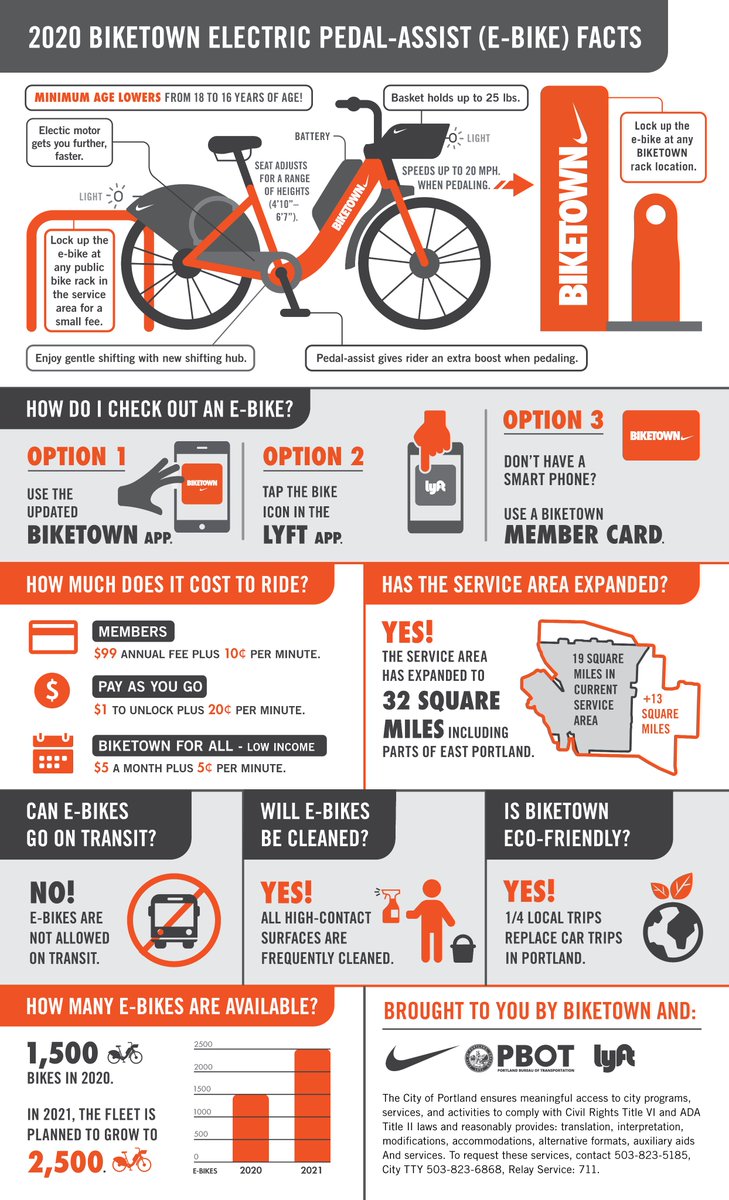An Introductory Introduction Of E-Bike Regulation And Guidelines In Your City
An Introductory Introduction Of E-Bike Regulation And Guidelines In Your City
Blog Article
Post Written By-Moran Willumsen
Prior to you get on your e-bike and hit the streets, it's crucial to comprehend the legislations and guidelines that govern your city. From speed limitations to assigned riding areas, there's a great deal to think about to ensure you're compliant and secure. By acquainting on your own with the policies particular to e-bikes, you'll be better furnished to enjoy your trips without any unexpected legal concerns. Remain tuned to find key understandings that will help you browse the e-bike landscape in your city flawlessly.
Recognizing E-Bike Classification
When it concerns navigating the world of e-bike regulations and regulations, an important starting factor is comprehending the classification system that categorizes these electric bicycles. E-bikes are typically identified right into 3 primary groups: Course 1, Class 2, and Course 3.
Course 1 e-bikes are pedal-assist only, implying they offer support while the motorcyclist is pedaling and have a maximum speed of 20 miles per hour. These bikes are allowed in locations where standard bikes are permitted.
Class 2 e-bikes are geared up with a throttle that can drive the bike without pedaling. They likewise have a maximum speed of 20 mph and appropriate for riders who might need help without pedaling continually.
Class 3 e-bikes resemble Course 1 yet with a greater maximum speed of 28 mph. These bikes are often restricted from specific bike paths or routes as a result of their higher rates.
Comprehending these categories is vital for adhering to local laws and guaranteeing a secure and delightful e-biking experience.
Navigating Rate Restrictions and Restrictions
To efficiently navigate e-bike regulations and laws, it's vital to understand the rate restrictions and restrictions that put on different courses of electrical bicycles.
https://www.pressadvantage.com/organization/zugo-bike for e-bikes differ depending upon the classification of the bike. Class 1 e-bikes, which are pedal-assist just and have a maximum speed of 20 miles per hour, are usually permitted on bike lanes and paths.
Course 2 e-bikes, which have a throttle along with pedal-assist and likewise reach rates of up to 20 miles per hour, might be limited in particular areas where motorized vehicles aren't permitted.
Class 3 e-bikes, with pedal-assist up to 28 mph, are normally required to comply with the very same regulations as standard bikes.
It's important to abide by these speed limits and limitations to ensure your safety and security and the safety and security of others on the road. Prior to riding your e-bike, familiarize on your own with the particular policies in your city to avoid any type of prospective penalties or lawful problems.
Where to Ride Your E-Bike
To establish where you can ride your e-bike, it's essential to know the guidelines and standards details to your area. In most areas, e-bikes are commonly enabled on roadways and streets where conventional bicycles are permitted. This might include bike lanes, bike courses, and shared streets. Nevertheless, it's vital to check regional regulations as some cities may have specific constraints on where e-bikes can be ridden.
When riding your e-bike, constantly focus on safety and security by following web traffic guidelines and respecting pedestrian sidewalks. Furthermore, bear in mind any type of assigned bike lanes or courses in your location and use them whenever feasible to guarantee a smoother and much safer experience.
Some cities also have regulations regarding e-bike usage on sidewalks, so see to it to acquaint yourself with these policies to stay clear of any fines or fines.
Final thought
Since you know with the laws and regulations surrounding e-bikes in your city, you can with confidence hit the road recognizing where you can ride and what constraints put on your e-bike classification. Bear in mind to constantly focus on safety and security and follow the regulations to make certain a smooth and legal ride. Delighted riding!
